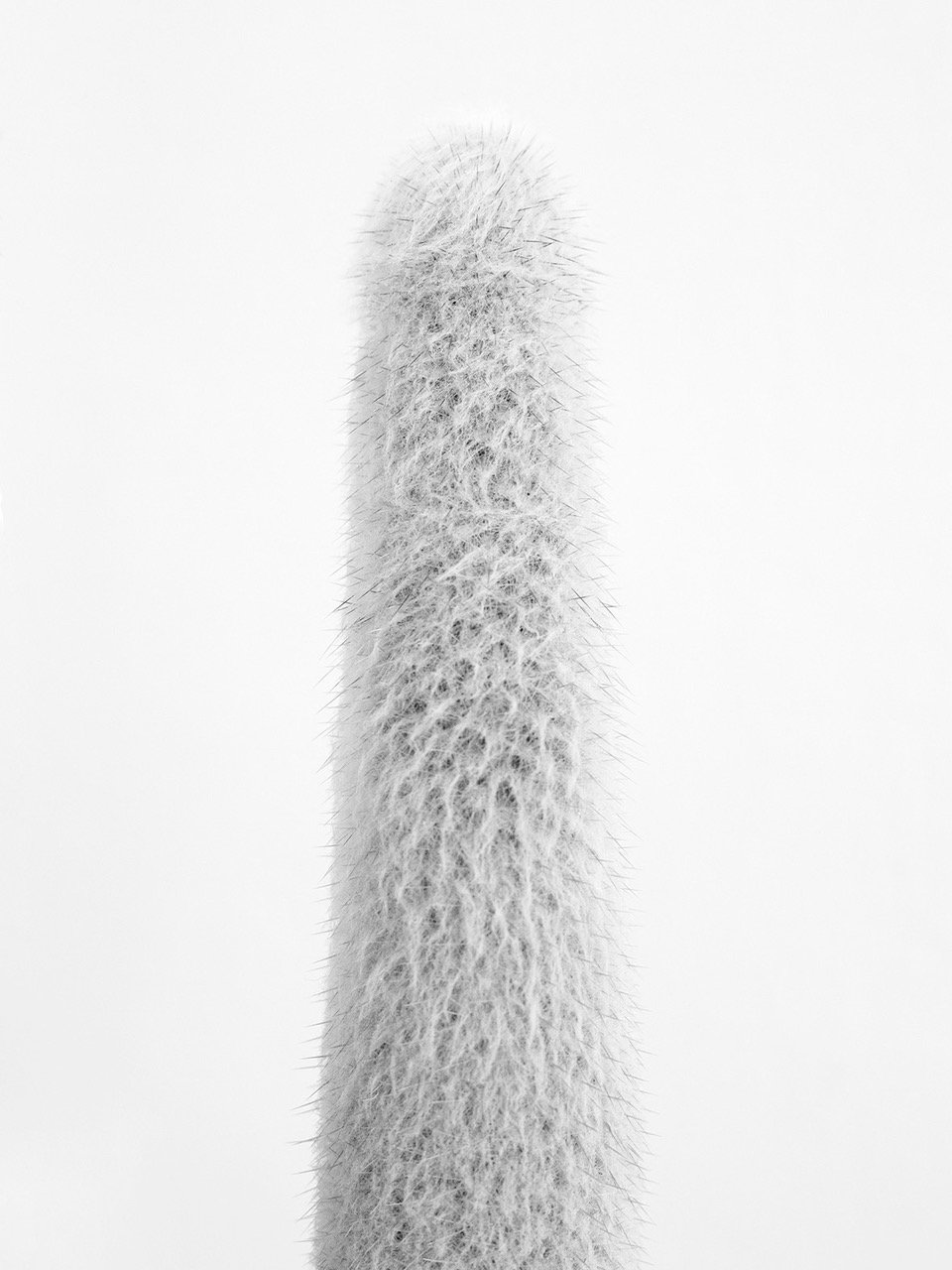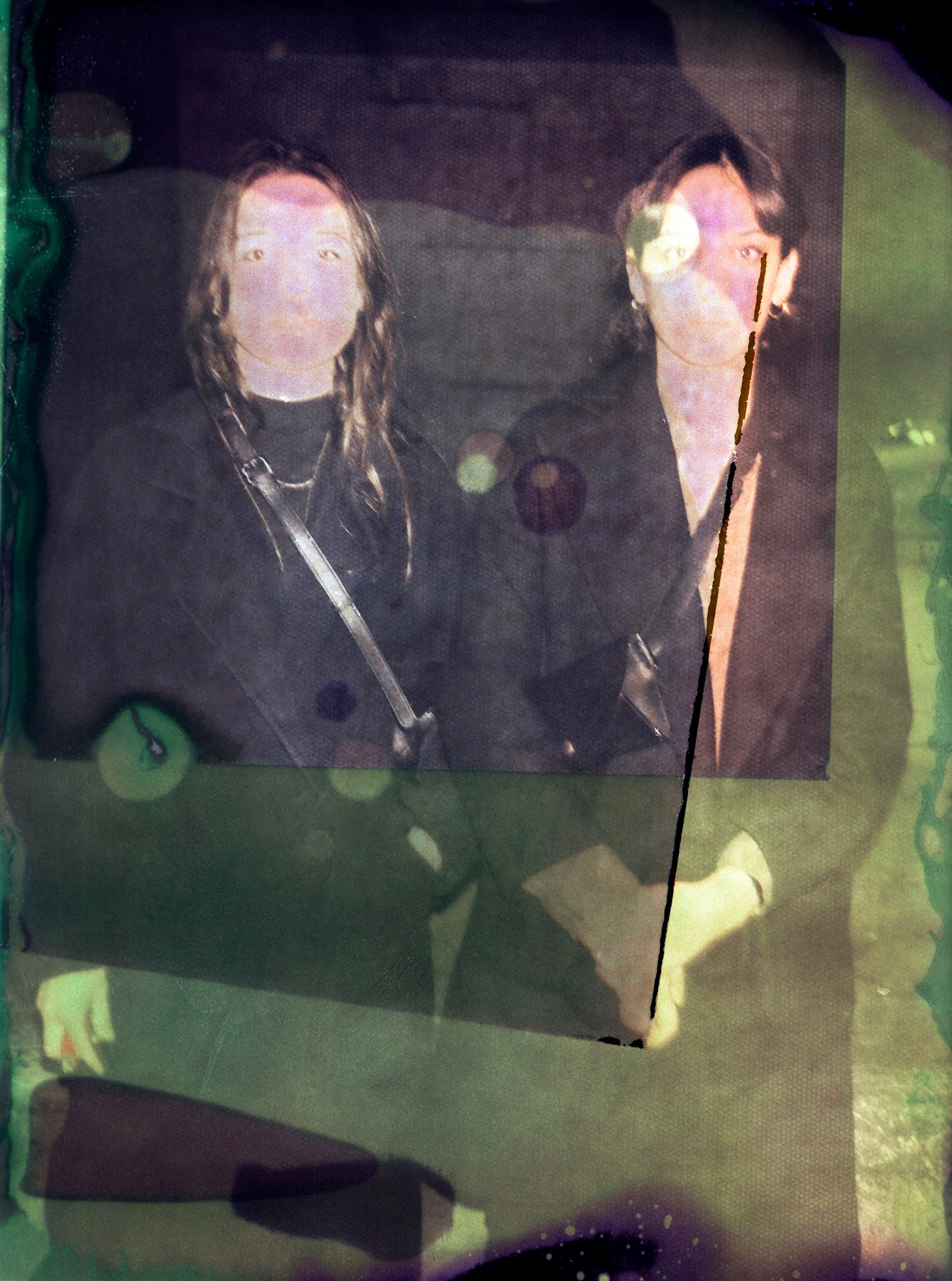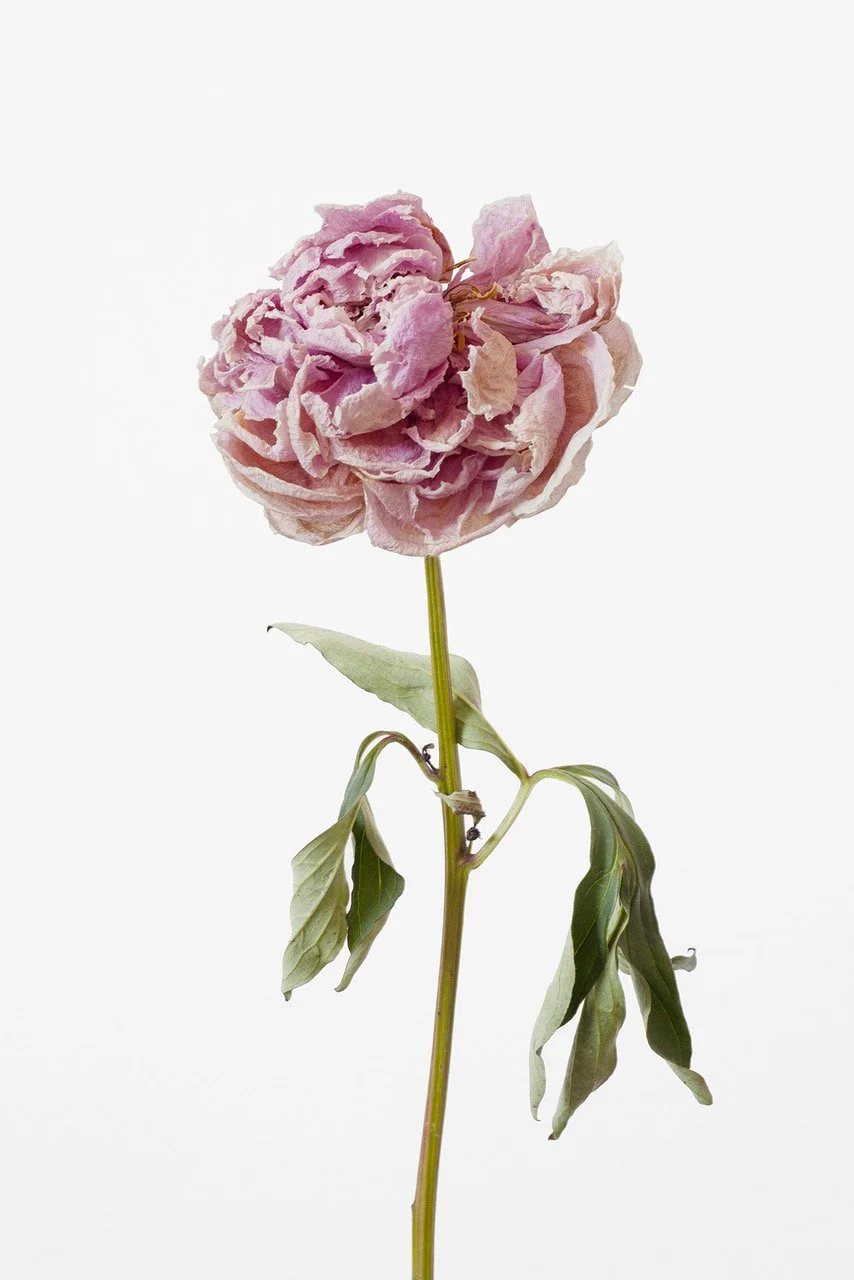Exhibition Review: PhotoBrussels Festival
Katherine Longly. From the series To Tell My Real Intentions, I Want To Eat Only Haze Like A Hermit, 2015 – 2018. Courtesy of the artist and Le Botanique.
Written by Luxi He
Photo Edited by Haley Winchell
PhotoBrussels Festival
From January 26th to February 26th , the seventh PhotoBrussels Festival will take place in Brussels, transforming the Belgium city known for craft chocolate and draft beer into a city of photography. This year more than 30 galleries and museums will become PhotoBrussels’ partner venues, and over 200 artists will have their exhibitions or featured events throughout the month, instilling vitality and exuberance to the artistic community that has laid secluded and stayed still in the past two years. PhotoBrussels Festival is also part of the European Month of Photography, and this is a sign that the city of Brussels will join the list of European cities honored as the central stage for photography, along with London, Paris, Berlin, and Amsterdam.
Since its inception, PhotoBrussels Festival has celebrated the city’s diverse cultural landscape and avant-garde sharpness, and this year comes as no exception. The participant creators include a large body of emerging young artists; many of them will make an ardent first appearance with debut exhibitions. PhotoBrussels Festival’s purview also extends far beyond into history, putting works that are refreshingly new side by side with works that are unfamiliarly old. Tiny Gallery – a gallery dedicated to “antique and alternative” photography will have on exhibition the photos taken by anonymous amateurs from 1880 to 1930, a revolutionary time when portable cameras made their way to normal household. Audience will have the valuable chance to view the works rendered with rare, vintage shooting and printing technology.
The subject matter ranges from deeply intimate exploration to more publicly engaged conversation, from themes of immediacy to scenes that are better viewed from a distance. As regards form, we can expect landscape of metropolitan public space, architecture photography, redefined still life, collage and ceremonial documentary. Some pictures stand on their own, and some are sewn with other materials or in collaboration with multi-media, expanding the sensuous potential of photography. There is a simple and plain magic when different art works are put in the vicinity of each other, and the curators and coordinators of PhotoBrussels Festival know it by heart. Diverse exhibitions will allow for diverse photographic itinerary, and in the unexpected encountering we will again be reminded of what a classical scene of festivity is like: gathering, conversing, some clash, and much appreciation.
Editor’s Picks from PhotoBrussels Festival
Herbarium by Anne Greuzat
Opening on 12th January
Anne Greuzat. Herbarium #19, tirage jet d'encre sur papier coton, 2020. Courtesy of the artist and The Palm Beach Gallery.
Anne Greuzat. Herbarium #15, Tirage sur papier coton, 2020. Courtesy of the artist and The Palm Beach Gallery.
Anne Greuzat has been working in Brussels since 2008, after studying photography at Helsinki, University of Aix-en-Provence and School of Fine Arts in Urbino. The Palm Beach Gallery will have on exhibition her “Herbarium” series that started in the year 2020, when confinement reshaped her method of photography. The name of the series – Herbarium – comes from the ancient technique of making plant specimen by mounting dried whole plant or plant parts onto a beige paper, and the still life series has inherited this formation.
In “Herbarium”, often-seen domestic plants and vegetables are placed individually against a white, almost translucent background. Flowers and cactus are configured as a single stem, pictured in their simplest form, and taken away from their ecological context. A half-dried peony, a drooping poppy, a fluffy cactus. At the background the translucent white serves as a source of light, illuminating from behind the dried foliage, the iron-wire like branches, and the crooked, zigzag form of the rhizomes.
Anne Greuzat. Herbarium #1 tirage jet d’encre sur papier coton, 2020. Courtesy of the artist and The Palm Beach Gallery.
“Herbarium is the antithesis of abundance, of profusion.
Herbarium is on the side of denudation, of stripping down, of restraint.
The multitude has given way to the individual.”
Anne Greuzat. Herbarium #26, tirage jet d'encre sur papier coton, 2020. Courtesy of the artist and The Palm Beach Gallery.
Few artists nowadays can be as peaceful with a simple photographic technique as Anne Greuzat. The composition of her photo does not deliver the urgency for interpretation. It feels clear and intuitive, honestly open with its own meaning. And the objects of her photos are neither hard found – they are part of the tranquil dailyness that we have felt and gazed with a proper distance. Anne Greuzat’s “Herbarium” series resembles the easiest but most classical form of still life that comes from a calm, restrained gaze, and an intentionally maintained distance. Within the balanced daily scene, the still life photography feeds us with transparent visual details that remind us of the simplest joy of gaze, of simply looking at a color and a form.
Dropout by Florence Cats and Joseph Charroy
Opening 27th January
Joseph Charroy. Bruxelles, Février 2019. From the series Dropout by Florence Cats and Joseph Charroy. Courtesy of Florence Cats, Joseph Charroy, and L'Enfant Sauvage Gallery.
Dropout is a collaborative exhibition conceived of as an installation that uses images and sound to weave a net on the visible and invisible domain. This net, however, is not meant to capture something as “in”, but to illuminate a theme of “out”, of being peripheral, marginalized, and dispelled. In the vibrant and provocative photographs, sound and films by Florence Cats and Joseph Charroy, dropout is understood as a powerful action that plays with the concept of boundary and ambitiously searches for encounters beyond limitations.
Joseph Charroy. Bruxelles, Septembre 2019. From the series Dropout by Florence Cats and Joseph Charroy. Courtesy of Florence Cats, Joseph Charroy, and L'Enfant Sauvage Gallery.
Joseph Charroy. Concert Megabasse Bruxelles. From the series Dropout by Florence Cats and Joseph Charroy. Courtesy of Florence Cats, Joseph Charroy, and L'Enfant Sauvage Gallery.
Joseph Charroy. Dune. From the series Dropout by Florence Cats and Joseph Charroy. Courtesy of Florence Cats, Joseph Charroy, and L'Enfant Sauvage Gallery.
An active dropout occurs at the crucial moment of escaping, and the works featured in the exhibition have captured such moment with a dramatic force: a cat jumping down from the top of a cupboard, in his background is a set of bone china plates that sits deadly still inside the cupboard. Two hands gripping the handles at the joint of a train, and on each side of the rubber section, the stainless-steel board cramping in, squeezing the escaping hands like a sandwich. This vivacious series of escape is created with black-and-white films of high contrast, adding to the dramatic scene a comedy, an ironic effect.
Joseph Charroy. Florence, Bruxelles Septembre 2021. From the series Dropout by Florence Cats and Joseph Charroy. Courtesy of Florence Cats, Joseph Charroy, and L'Enfant Sauvage Gallery.
Joseph Charroy. Bruxelles, Hiver 2019. From the series Dropout by Florence Cats and Joseph Charroy. Courtesy of Florence Cats, Joseph Charroy, and L'Enfant Sauvage Gallery.
The other visual element that contributes to the discussion of dropout is blotting. In another portrait series, the faces of several figures are tainted with a large patch of turquoise ink or disturbed by a circular facula. The covered visages are half blotted away and half highlighted, as the ink patch and facula hide their actual appearance but mark emphatically their absence. Here, the sense of absence in dropout is being reinterpreted as a presence, an individual, creative appearance.
To Tell My Real Intentions,
I Want To Eat Only Haze Like A Hermit by Katherine Longey
Opening 26th January
Katherine Longly. From the series To Tell My Real Intentions, I Want To Eat Only Haze Like A Hermit, 2015 – 2018. Courtesy of the artist and Le Botanique.
Katherine Longly. From the series To Tell My Real Intentions, I Want To Eat Only Haze Like A Hermit, 2015 – 2018. Courtesy of the artist and Le Botanique.
Katherine Longey’s exhibition in Le Boutanique is an exhibition of immediacy. It discusses in a playful way the relationship between bodies and food, a subject that may arouse anxiety, pain, and disorder. Except from traditional photography, Katherine Longey also employs collage to amplify the tension and to achieve a louder effect. She takes photos of the infinite shelves of diet-food in a supermarket and puts them together in a meta-picture; she photographs the daily low-calory dishes and gathers them as a picture-cloud; she captures the numerous columns signaling different BMIs and molds them on the shape of a female body. Her photographs find the visual language for the maddening, coercive body anxiety; and optimistically it culminates in an honest burst-out, as the title goes: To Tell My Real Intentions, I Want To Eat Only Haze Like A Hermit by Katherine Longey.
Katherine Longly. From the series To Tell My Real Intentions, I Want To Eat Only Haze Like A Hermit, 2015 – 2018. Courtesy of the artist and Le Botanique.
Katherine Longly. From the series To Tell My Real Intentions, I Want To Eat Only Haze Like A Hermit, 2015 – 2018. Courtesy of the artist and Le Botanique.

























